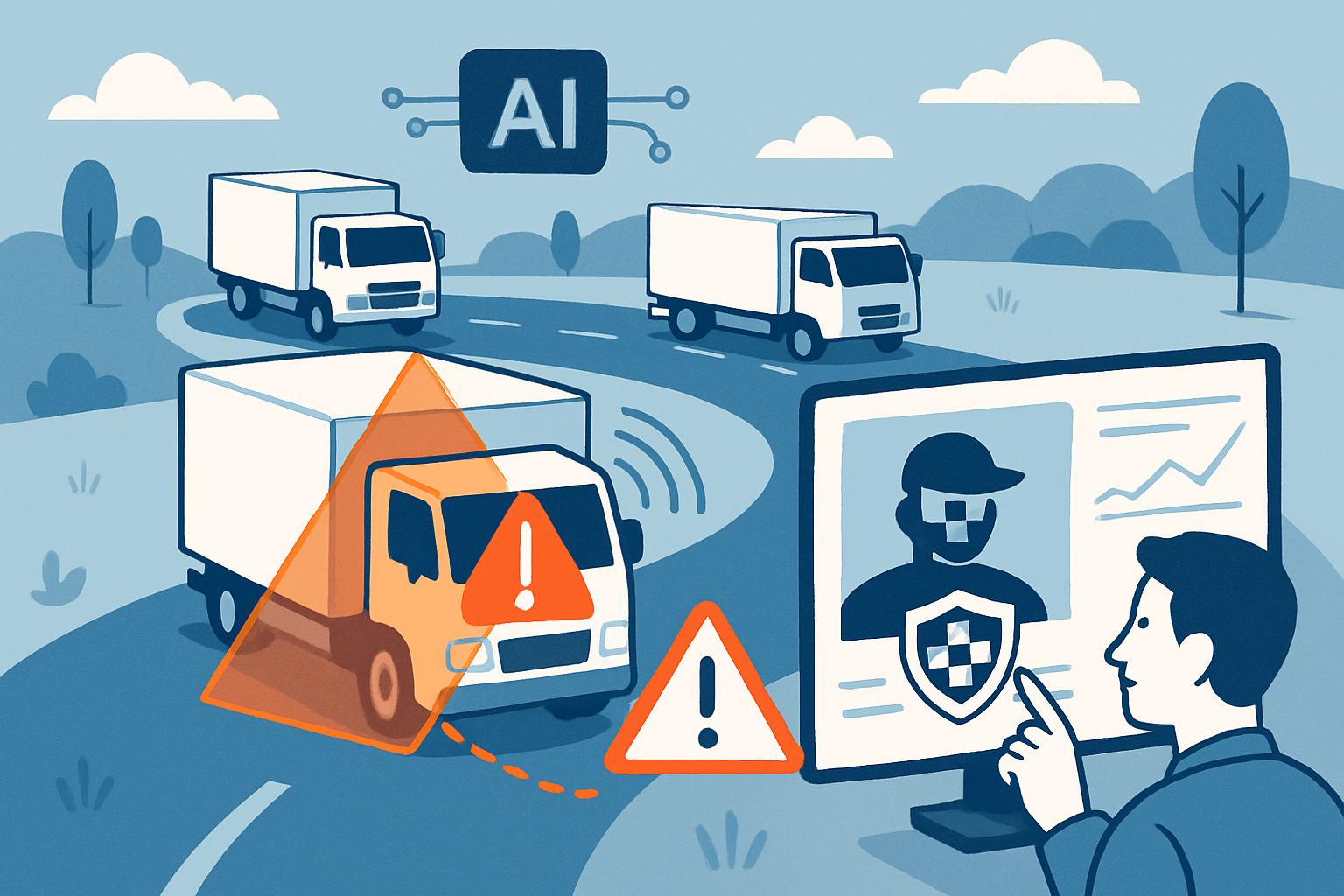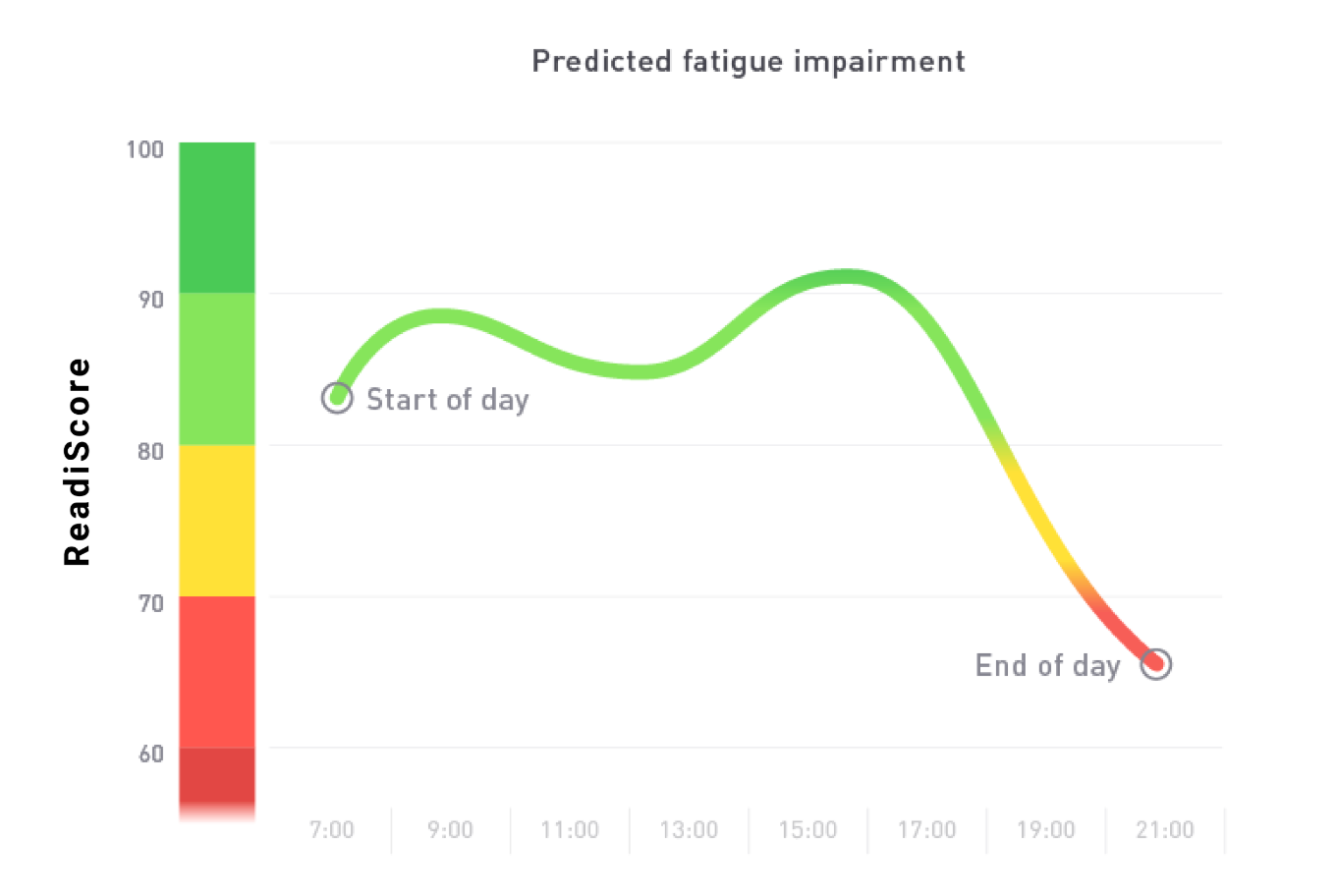Fatigue Science, a global leader in predictive fatigue technology for mining, transportation and heavy industry, is pleased to announce that Orica has implemented its Readi platform throughout several mine sites and distribution sites across Mexico and the Dominican Republic.
An Australian-based company and one of the world’s leading mining and infrastructure solutions providers, Orica employs globally around 13,000 employees. The investment by Orica is a major step forward for both Fatigue Science and the industry’s broader trend toward the adoption of predictive fatigue management technology.
By using Readi, Orica joins a rapidly growing list of mining and transportation firms who have recently embraced Readi for predicting operator fatigue before it happens. Moreover, by making a 3-year commitment to the use of Readi, Orica signals the confidence it gained during its successful evaluation phase earlier this year. Key success areas include improvements in day-to-day safety and productivity outcomes.
Readi is based on scientifically-validated biomathematical modeling and serves as both a system of record for operational fatigue data and a daily tool for supervisor decision-making.
The investment by Orica represents a clear step toward employing data-driven technology to optimize operations and increase safety of its employees and contractors working on site.
“We’re delighted with the Orica team’s decision to deploy Readi across their Mexico and Dominican Republic work sites,” says Andrew Morden, CEO of Fatigue Science. “We’re grateful for Orica’s shared belief in our mission to mitigate fatigue risk and optimize worker safety through the use of proven, data-driven technology. “
How It Works
Readi FMIS is the world’s leading fatigue management information system. Based on the renowned leading biomathematical fatigue model, SAFTE™, Readi interprets operator sleep data and/or estimates of operators’ sleep derived from machine learning. With these data, Readi calculates a unique and personalized fatigue prediction for every operator, for each hour in every shift. It provides these fatigue predictions both to supervisors and to the operators themselves via mobile notifications and optional wearables.
At the beginning of each shift, supervisors receive push notifications alerting them to any workers who are flagged as having a high risk of fatigue for that day, including fatigue that may develop later in that shift.
Supervisors use the data to plan fatigue breaks and rotate safety-critical tasks.
In addition, Orica has decided to provide ReadiWatch smartwatches to more than 250 of its most safety-sensitive operators, so they can receive Fatigue Alerts on-wrist in advance, before periods of critical fatigue.
Key Metrics for Productivity and Safety
Using Readi to manage fatigue has enabled customers to achieve up to a 20x return on investment, based on significant increases in operational productivity of up to $6M, and a projected 13% decrease in lost-time incidents.
Fatigue Science is excited to see how Orica will use technology to produce strong, measurable results that both keep employees and contractors safe. Read the ROI Whitepaper here to discover more about Readi’s return on investment.





